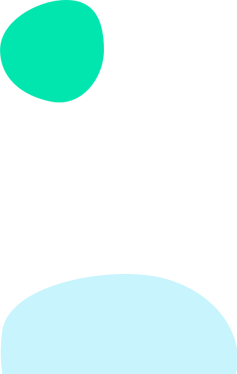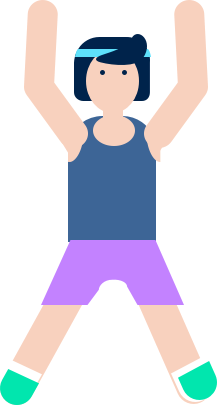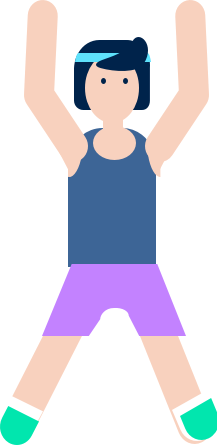Learn to read your baby's cues and pay attention to the recommended number of servings of food from the major food groups a baby needs in a day
When your baby was on formula or breast milk, the advice was to feed him on demand and stop when he showed signs of fullness. You were unlikely to overfeed your baby if you listened to his cues.
But what happens when your baby starts eating solid food: is it possible to overfeed him? The short answer is: yes, if you ignore his cues and are not offering the right foods.
Here’s some advice on how to prevent overfeeding your baby:
- Look out for cues and stop feeding your baby when he is full.
- Feed your baby solids on schedule, not on demand.
- Know what baby should be eating and the recommended portion sizes
Related: Help Your Baby Develop
1. Look Out for Cues and Stop Feeding When Baby's Full
Your little one will know how much food he wants. Do not force your child to eat if he is not hungry or interested—he does not need to finish everything on the plate. Offer smaller portions of healthy food and let him choose how much to eat.
Don’t worry, your baby will eat up during the next meal if he is hungry, or ask for milk if he is still in the weaning stage.
Signs your baby is full
- Turning his face away
- Shaking his head
- Closing his mouth or refusing to open it when you offer food
- Spitting out food
- Appearing uninterested or distracted
Related: Nutrition for Your Toddler
2. Eat on Schedule, Not on Demand
Have a meal schedule for your baby once he’s started on solids. Set a time for breakfast, lunch, dinner, and snacks and let your baby get used to the routine.
When you’re just introducing your little one to solids, you will still need to offer the bottle or breast on demand, but once you have made a complete switch to solids, stick to this schedule.
Related: Getting Ready for Solids
3. Know What Baby Should Be Eating and the Recommended Portion Sizes
For your toddler to obtain all the nutrients he needs, feed him a variety of food from the four main food groups in the correct portions.
Below is a guide to the food groups and how much of each your baby should be eating in a day.
Children 1 to 2 years old
Food groups | Recommended number of servings per day |
Brown rice and wholemeal bread | 2 — 3 |
Fruit | ½ — 1 |
Vegetables | ½ |
Meat & Others | ½ |
| Dairy | 1 ½ |
Fruit should not be used to replace vegetables in the diet or vice versa because they contain different types of nutrients.
For more information on what 1 serving of each food group means and sample daily meal plans, read Early Nutrition for Babies.
Remember, these are only recommendations—listen to your baby’s cues and you are likely to be on the right track. Good job, mummy and daddy!
Visit Parent Hub, for more useful tips and guides to give your baby a healthy start.
Download the HealthHub app on Google Play or Apple Store to access more health and wellness advice at your fingertips.
Read these next:
- Baby's First Food Journey
- Early Childhood Nutrition
- Getting Your Baby Started on Solids
- Things New Dads Need to Know

HealthHub AI

























